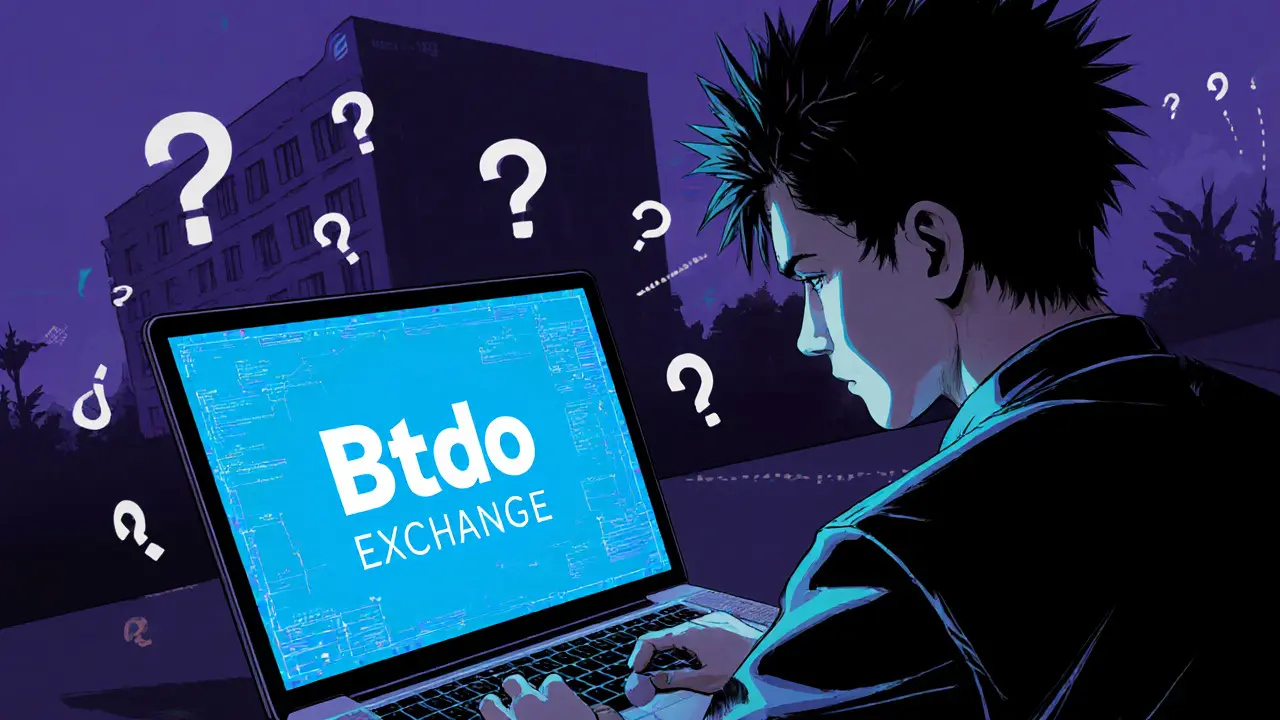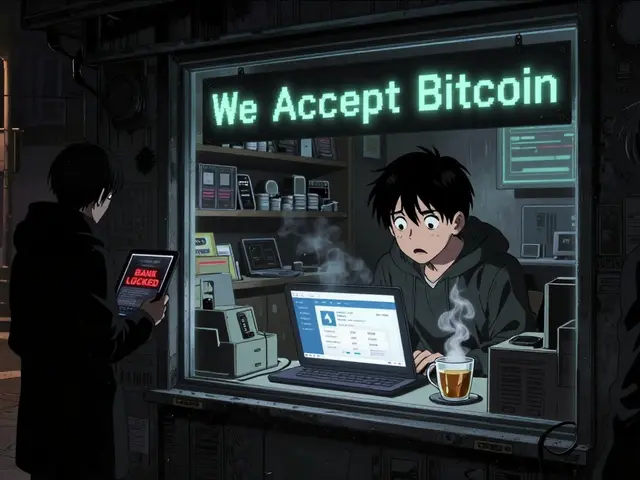Btcdo Fees: What They Are and Why They Matter
When working with Btcdo fees, the costs you pay each time you send, swap, or interact with the BtcDo token on its blockchain. Also known as BtcDo transaction costs, they directly affect the net amount you receive after a move. Understanding these fees is crucial because they influence trade profitability, wallet balances, and the overall user experience. Cryptocurrency mining pool, a collective of miners that share hashing power and split rewards after deducting a small fee often determines the base fee you’ll see on‑chain; the pool’s fee structure adds a layer on top of the protocol’s native cost. In addition, the transaction fee, the amount a network validator requires to include your transaction in a block fluctuates with network congestion, meaning a busy network can double or triple the amount you pay. These three pieces—protocol fee, pool fee, and congestion premium—form a semantic triple: Btcdo fees encompass network congestion, require knowledge of mining pool fee models, and influence DeFi cost calculations. If you grasp how each component works, you can predict fee spikes and plan moves when the network is quiet, saving valuable tokens.
Key Factors That Shape Btcdo Fees
First, the underlying blockchain network, the set of nodes that validate and record transactions for BtcDo sets a baseline fee based on gas price or similar metric. This baseline reflects the computational effort needed to process a transaction and is usually expressed in BtcDo’s smallest unit. Second, mining pools may charge a flat percentage (often between 1‑3%) on the reward earned from mined blocks; this pool fee is deducted before the reward reaches individual miners, and it indirectly raises the cost for end‑users who rely on those pools for faster confirmations. Third, transaction size matters—larger payloads consume more block space, raising the fee proportionally. Fourth, optional priority tips allow users to pay extra for faster inclusion, a tool commonly used in volatile markets. Finally, DeFi protocols that interact with BtcDo (like DEX aggregators or lending platforms) can add their own service fees, creating a layered cost structure. By mapping each factor, you see how a single BtcDo transaction can involve multiple fee sources, each with its own attribute and value: network fee (dynamic), pool fee (percentage), size fee (bytes‑based), tip (user‑chosen), and protocol fee (fixed or variable).
Armed with this breakdown, you can start comparing fee tiers across different pools, choose low‑congestion windows, and decide whether a priority tip is worth the speed. Below you’ll find a curated list of articles that break down mining pool fee models, compare fee tiers across exchanges, and give practical tips to keep your BtcDo costs low, helping you move value more efficiently.
A 2025 review of Btcdo Exchange covering fees, security, regulation, and whether it's a safe choice for crypto traders.
Read More





